UV Absorbers – Start-up establishes UK’s first pilot plant for recycling plastic lab waste 14-09-2023
UV Absorbers
Crude Oil Prices Trend
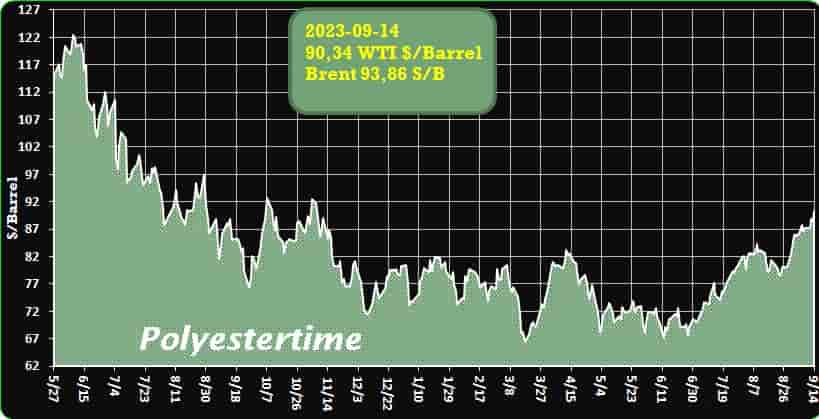
Crude Oil Prices Trend by Polyestertime
Start-up establishes UK’s first pilot plant for recycling plastic lab waste
LabCycle has commissioned a pilot plant at the University of Bath that can recycle up to 60% of plastic lab waste back into new lab consumables.
LabCycle, a UK start-up co-founded by University of Bath alumna Dr Helen Liang, has successfully commissioned the UK’s first pilot plant for recycling plastic lab waste.
With support from the University of Bath, LabCycle has set up a pilot recycling plant in a converted greenhouse on campus where it is developing its recycling technology. The team has established collaborations with the private, public, and government sectors, including the local National Health System (NHS) Blood and Transplant unit to recycle waste from their laboratories.
LabCycle has not made its method of recycling plastics public, but Liang revealed in an interview with the University of Bath that it involves a combination of chemical and mechanical recycling processes that remove hazardous contaminants. “It’s been developed according to the standards of the NHS, and the health and safety protocols from different research institutes,” she added. UV Absorbers
The patent-pending technology reportedly doesn’t require waste to be autoclaved before entering the recycling process, resulting in less heat energy use. Water can purportedly also be reused during the process, minimising its use. The method has received the stamp of approval from the University of Bath’s Innovation Centre for Applied Sustainable Technologies (iCAST), which has tested the properties of recycled polystyrene (PS), polypropylene (PP) and polyethylene terephthalate (PET) and shown that the polymers are suitable to make new lab consumables.
Currently, less than 1% of lab plastic waste is recycled in the United Kingdom, with researchers using significant amount of single-use plastic in their daily research to avoid cross-contamination between experiments. LabCycle intends to recycle up to 60% of this waste, including pipette tips, test tubes, petri dishes, and multi-well plates, to produce high-grade plastic pellets.
The start-up collaborates with an undisclosed partner that manufactures the pellets into new lab equipment. Friendly fiber innovations UV Absorbers
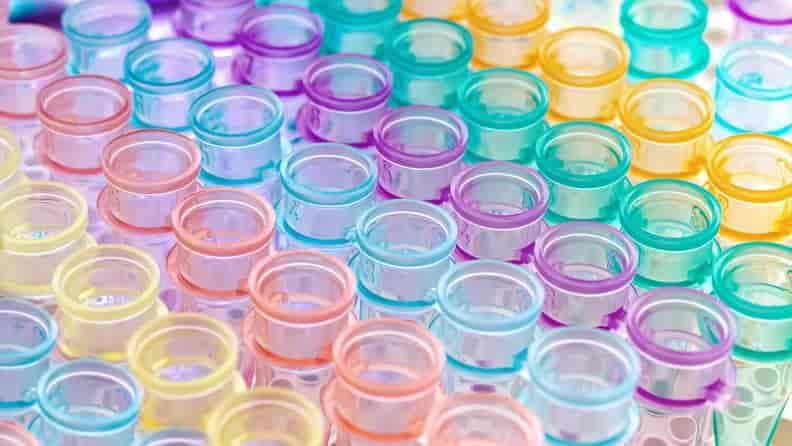
LyondellBasell Announces Initial Investment in the Plastic Circularity Fund
LyondellBasell has proudly revealed its participation in the initial phase of the Lombard Odier Investment Managers (LOIM) Plastic Circularity Fund SCSPp, aptly named the “Plastic Circularity Fund.” This initiative places a sharp focus on investments aimed at combatting plastic waste pollution and reducing greenhouse gas emissions within the plastic industry’s value chain.
The fund is geared towards backing companies that offer groundbreaking plastic materials designed for reusability and recyclability, along with enhanced solutions for plastic collection, sorting, and recycling. Since 2021, LyondellBasell has committed a substantial $44 million to various venture capital funds. UV Absorbers
Yvonne van der Laan, the Executive Vice President of Circular and Low Carbon Solutions at LyondellBasell, emphasized the importance of collective engagement and collaboration across the value chain to bolster the supply of sustainable materials and meet the escalating demand for eco-friendly products. She expressed the company’s alignment with LOIM’s Plastic Circularity Fund, which is fully in sync with LyondellBasell’s ambition to combat plastic pollution and expedite the transition to a circular, low-carbon economy.
LyondellBasell’s venture capital endeavors extend to a portfolio that encompasses Closed Loop Partners, Infinity Recycling, HX Venture, Chrysalix, and LOIM. These investments harmonize with the company’s overarching objective: for each dollar LyondellBasell invests in venture funds targeting critical sustainability issues, it catalyzes an additional five dollars from co-investors. UV Absorbers

Kelheim Fibres is proud to showcase its environmentally friendly fiber innovations at the upcoming Global Fibre Congress, commencing on September 13th in Dornbirn
Our primary focus is on championing sustainability and reinforcing the European supply chain.
During the event, Ingo Bernt, the project leader for fiber and application development at Kelheim Fibres, and Henning Röttger, the head of business development at PelzGROUP, will jointly present “Towards High-Performance Plant-Based AHP Products.” This collaborative effort between Pelz and Kelheim Fibres introduces a plastic-free, high-performance panty liner powered by our cutting-edge Olea specialty fiber, renowned for its water retention properties. The motivation behind this innovation stems from the urgent need for sustainable and hygienic personal products.
Furthermore, our commitment to sustainability extends to our second project, titled “Performance Fibres Meet Sustainable Design – An Example of a Reusable Baby Diaper.” Natalie Wunder, project leader from Kelheim Fibres’ new business development team, and Caspar Böhme, co-founder of Sumo, will unveil the washable and reusable SUMO diaper. In contrast to traditional disposable diapers, this product represents a double win for sustainability and eco-friendliness. RUV Absorbers
It’s worth noting that both of these groundbreaking products will be exclusively manufactured in Europe, resulting in reduced carbon emissions, shorter supply chains, and bolstering the European textile and non-wovens industry.
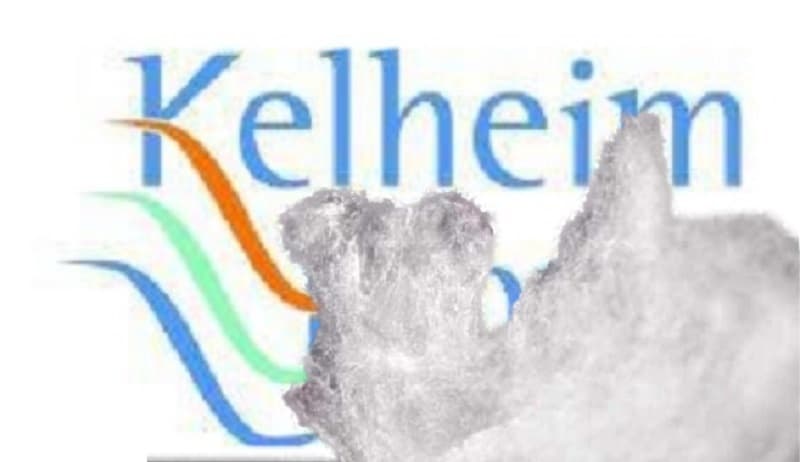
Santoni Shanghai Acquires A German Knitting Machinery Maker Terrot In Move To Create A New Ecosystem
Santoni Shanghai Knitting Machinery Co., Ltd., founded and wholly owned by Italy’s Lonati family, today announced the strategic acquisition of Terrot GmbH, a leading manufacturer of circular knitting machines based in Chemnitz, Germany. The move comes as the latest development in Santoni Shanghai’s long-term vision to build an ecosystem that aims to reshape and consolidate the circular knitting industry. The transaction will be finalized pending approval from Chinese regulatory authorities.
The global circular knitting machine market is expected to see significant growth in the coming years, with a July 2023 report from Consegic Business Intelligence forecasting a 5.7% CAGR from 2023 to 2030, propelled by an increasing consumer preference for breathable and comfortable knitted fabrics as well as increasingly diversification of demand for knitted apparel. To seize this market opportunity, Santoni Shanghai has developed an ambitious strategic plan centered around innovation, sustainability and digitalization. The new partnership with Terrot aims to further this strategy by enhancing Santoni’s integrated and scaled-up ecosystem, while also driving the sustainable development of the global knitting machinery industry. UV Absorbers
“The integration of Terrot, which also includes the well-known Pilotelli brand, will bring an immediate and extraordinary boost to our products portfolio,” said Gianpietro Belotti, CEO of Santoni Shanghai. “Terrot’s incredible technical capabilities, extensive product range and vast experience in serving customers all over the world will enable us to better achieve our shared aspirations. We are very excited about this partnership and look forward to working with Terrot as we move towards establishing a pioneering industry ecosystem, realizing our mission to providing customers with an utterly new knitting experience.”
“We see our machines not simply as isolated units of production, but rather as parts of a holistic and integrated ecosystem,” Mr. Gianpietro Belotti added. “Each part of this ecosystem is interconnected with the entire industry chain, bolstered by our recent advances in digitalization and our century long expertise. The new synthesis will offer now the largest range of technical solutions available in the market, which we believe will enable us to satisfy the needs of all the investment levels. Through our partnership with Terrot, we are one step closer to fulling our vision of innovatively consolidating the entire industry.” UV Absorbers

Indorama Ventures and SIPA unveil first clear PET sparkling wine bottle at PACK EXPO Las Vegas
Indorama Ventures Public Company Limited, one of the world’s leading sustainable chemical companies, and SIPA, a leading PET packaging technology specialist, today launch their transparent sustainable PET sparkling wine bottle exclusively at PACK EXPO Las Vegas. The award-winning PET packaging solution for sparkling wine provides brands with a fully recyclable option that maximizes logistics efficiencies, minimizes handling risks, runs on existing glass-filling lines, and has a lower carbon footprint1.
The latest launch is the development of a monolayer transparent bottle, including a barrier, to replicate the famous glass-like look of traditional sparkling wines – allowing consumers to see the color and effervescence of the liquid. UV Absorbers
Dr. Patrick Amrhein, Managing Director, Indorama Ventures Polymers Germany, said, “This new clear bottle innovation showcases how the partnership between Indorama Ventures and SIPA allowed us to face the challenge of creating a transparent thick-walled PET sparkling wine bottle, by developing a modified resin that combines a monolayer barrier functionality with excellent glass like appearance, in a record time of less than six months. This combines the touch and the appearance that results in an appealing PET sparkling wine bottle with a high shelf-life.”
Indorama Ventures’ advanced barrier resin delivers a monolayer PET sparkling wine bottle with a minimum shelf life of 24 months, and the packaging has glass-like clarity while being uniquely able to protect the sparkling wine’s taste and effervescence. The new bottle is fully recyclable in the standard clear PET stream.
The benefits of changing to PET for wine bottles are plentiful. A key example is the CO2 footprint of PET is significantly lower compared to that of a glass bottle, traditionally used for wine. Glass is processed at 1,400 °C and PET at 260 °C, and with glass bottles seven-times the weight of a PET bottle, the production process alone results in a sizable reduction of 36 percent 2. The new clear bottle follows the global launch of the traditional green PET wine bottle, in May 2023. UV Absorbers
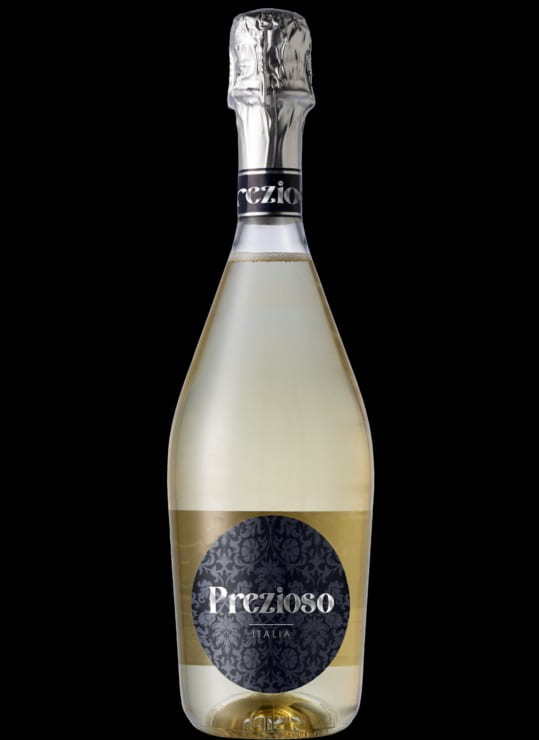
UV Absorbers And Their Properties and Classifications
Ultraviolet absorber (UV absorber) is a light stabilizer that can absorb the ultraviolet part of sunlight and fluorescent light sources without changing itself. Ultraviolet absorber is mostly white crystalline powder, good thermal stability, good chemical stability, colorless, non-toxic, odorless, generally used in polymers (plastics, etc.), coatings and so on.
Most colorants, especially inorganic pigment colorants, can play a certain degree of light stabilization when used alone in plastic products. For colored plastic products for long-term outdoor use, the light stability of the product cannot be improved by the colorant alone. Only the use of light stabilizer can effectively inhibit or slow down the light aging rate of colored plastic products for a long time. Significantly improve the light stability of colored plastic products. Hindered amine light stabilizer (HALS) is a class of organic amine compounds with steric hindrance effect. Due to its functions of decomposing hydroperoxide, quenching radical oxygen, trapping free radicals, and recycling of effective groups, HALS is the plastic light stabilizer with high anti-photoaging efficiency and the largest amount at home and abroad. UV Absorbers
The data show that the appropriate light stabilizer or the appropriate combination system of antioxidant and light stabilizer can improve the light and oxygen stability of outdoor colored plastic products several times. For plastic products colored by photoactive and photosensitive colorants (such as cadmium yellow, uncored rutile, etc.), considering the catalytic photoaging effect of the colorant, the amount of light stabilizer should be increased accordingly.
Uv absorbers can generally be classified according to chemical structure, action fraction and use, which are described below:
- Classification according to chemical structure: ultraviolet absorbers can be divided into organic ultraviolet absorbers and inorganic ultraviolet absorbers. Organic ultraviolet absorbers mainly include benzoates, benzotriazole, cyanoacrylate, etc., while inorganic ultraviolet absorbers mainly include zinc oxide, iron oxide, titanium dioxide and so on.
- Classification according to the mode of action: ultraviolet absorber can be divided into shielding type and absorption type. Shielding UV absorbers are able to reflect UV light and thus prevent it from entering the body, while absorbing UV absorbers are able to absorb UV light and convert it into heat or visible light.
- Classification according to use: ultraviolet absorbent can be divided into cosmetic grade, food grade, pharmaceutical grade, etc. UV Absorbers
- Cosmetic grade UV absorbers are mainly used in sunscreen, skin care products and other cosmetics, food grade UV absorbers are mainly used in food packaging materials, and pharmaceutical grade UV absorbers are mainly used in drugs.
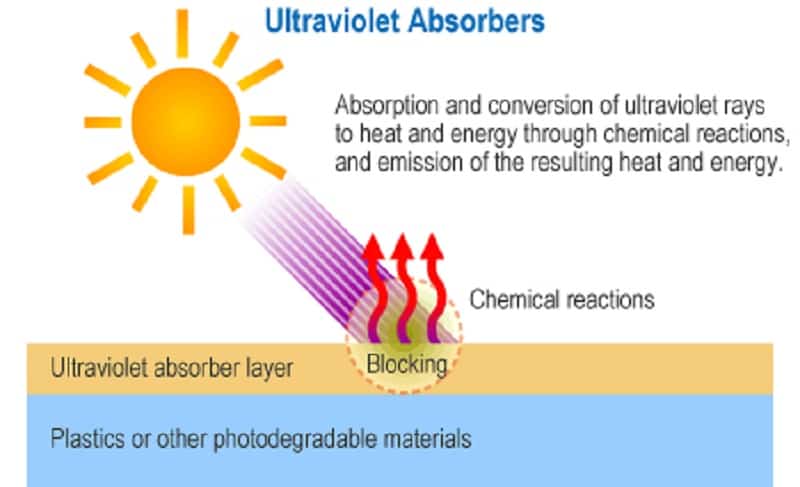
Credits : Otsuka Chemical’s Ultraviolet Absorber Product
Zinc-air batteries, an economical and safer alternative to lithium-ion batteries, are gaining attention in ongoing battery research
Addressing global challenges like climate change, enhancing energy efficiency, and fostering innovation necessitates the exploration of novel battery technologies, and zinc-air batteries offer a promising avenue towards sustainability and efficiency.
Researchers from Edith Cowan University (ECU) in Australia conducted a study, shedding light on the remarkable potential of zinc-air batteries due to their cost-effectiveness, environmental friendliness, high theoretical energy density, and inherent safety features. These batteries consist of a negative zinc electrode and a positive air electrode, historically limited by their low power output and short lifespan. However, ECU scholars, led by Professor Muhammad Rizwan Azhar, have successfully reduced the internal resistance of these batteries by incorporating materials like carbon, iron-based minerals, and cobalt. This breakthrough has resulted in sustained maximum power and high stability, bringing zinc-air batteries closer to their theoretical voltage threshold. UV Absorbers
Professor Azhar highlighted the affordability and commercial viability of these batteries, made possible by utilizing abundant resources like zinc and air. He emphasized their potential to outperform lithium-ion batteries, especially in the context of long-range vehicles and electric aircraft. This advancement not only revolutionizes energy storage but also contributes significantly to building a sustainable society, reducing reliance on fossil fuels, and mitigating environmental impacts.
The innovative design of zinc-air batteries aligns with the United Nations’ sustainable development goals and the objectives set forth in the 2015 Paris Agreement, both of which advocate for sustainable energy resources to combat climate change.
Compared to lithium-ion batteries, zinc-air batteries have a unique positive electrode composed of oxygen from the air, making them lightweight and compact without the need for a solid positive electrode. While lithium-ion batteries have been widely used since the 1990s, known for their lack of memory effect, stability, and support for numerous charge-discharge cycles, zinc-air batteries offer an alternative with different characteristics. Lithium-ion batteries use a solid positive electrode containing lithium-based materials like lithium cobalt oxide (LiCoO2) or lithium iron phosphate (LiFePO4).
Zinc-air batteries exhibit good durability in terms of charge/discharge cycles but can be sensitive to environmental factors such as humidity and oxygen.
In the study by Professor Azhar and his team, the new zinc-air battery solution demonstrated a high open-circuit voltage of 1.48 V, a low potential difference of 0.77 V during charging and discharging at a current density of 5 mA cm−2, and stable performance for up to 950 hours or more. UV Absorbers
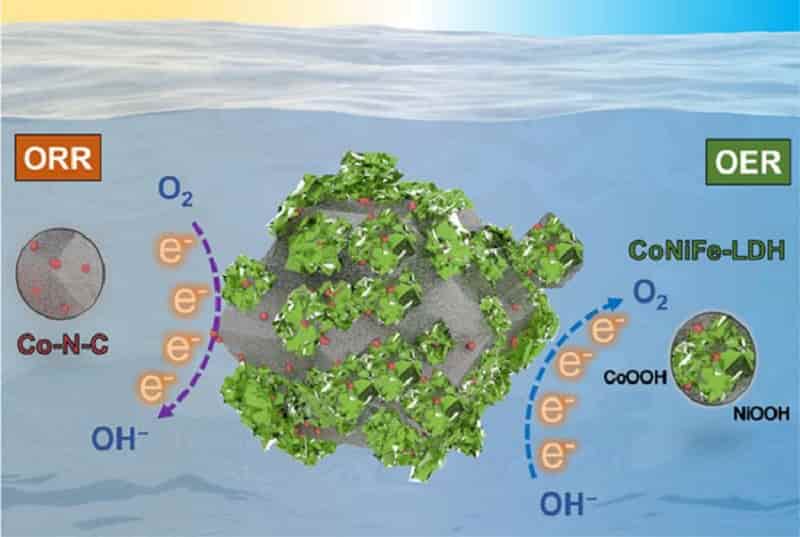
UV Absorbers
